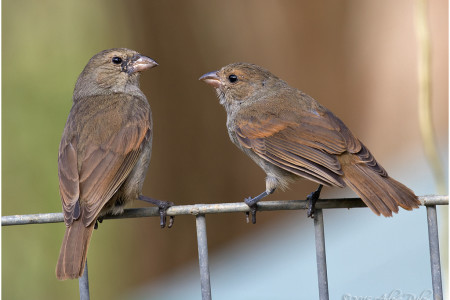
Ellie Devenish-Nelson and Howard Nelson share a recent assessment of how our forest endemic birds are doing. The results are sobering, but you can help us turn the situation around – read on!
We are lucky in the Caribbean to have an incredible diversity of forest-dependent endemic birds. Did you know that the Cuban Bee hummingbird is the smallest bird in the world, the Jamaican Streamertail hummingbird has the longest tail of any hummingbird, the Barbados Bullfinch are renowned for their problem-solving behaviour, and the Pearly-eyed Thrasher is famous as an ‘intrepid poacher’ and ‘supertramp’?!
But, the majority of these Caribbean forest birds are also declining and many are threatened. Semper’s warbler hasn’t been seen in St Lucia since 1961 and the Jamaican Pauraque has not been recorded since 1860. Hurricane Ivan wiped out about a third of the Grenada Doves in 2004, only about 120 pairs of Ridgway’s Hawk remain in one Hispaniolan national park, and the Bahama Oriole is now only found on one Bahamian island complex.
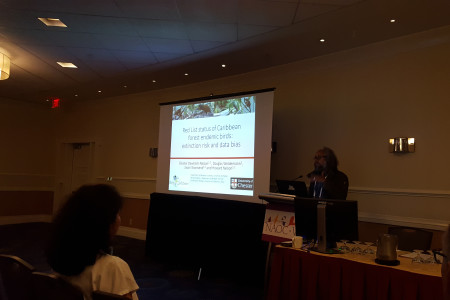
Several years ago, Howard Nelson thought it would be useful to bring together folks working on forest-dependent endemic birds in the Caribbean, to share their findings. These birds are often hard to study, partly because of the terrain of their forest habitats, yet exciting research and management is happening that is important to share. So, at the BirdsCaribbean 2015 Jamaica meeting, Howard chaired a session on the status of Caribbean forest endemics.
Following on from the success of this 2015 session, BirdsCaribbean hosted a well-received symposium on Caribbean forest endemics at the 2016 North American Ornithological Congress, where Howard presented on the ‘Red List Status of Caribbean Forest Endemic Birds.’ It was an incredible opportunity to raise the profile of the Caribbean’s special birds, at such a huge gathering of ornithologists. Here, we summarise some of our current work on the status of Caribbean forest endemics.
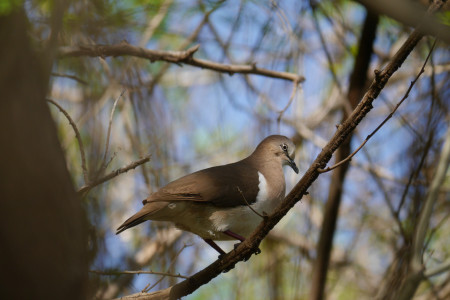
So, how did we go about this research? To understand extinction risk in this group, we first needed to look at how much we actually know. We asked: are species that should be getting attention, getting attention? Are data that we need to manage species available and being published? What is the quality of data, if it exists at all?
To answer these questions we conducted an extensive review of the published scientific literature for each endemic species. We also examined information from the IUCN Red List and the BirdLife Data Zone estimates of the quality of data used for these Red List assessments.
What did we find? Of the 167 IUCN assessed forest-dependent endemic species (there are an additional two recently split species that are not yet assessed by IUCN), 26% are threatened. An overwhelming 53% are in decline, including 79% of all threatened species. Only 4% of all species may be increasing (the rest are 32% stable and 11% unknown). This means that even though the majority of endemics are not considered threatened, most species are not doing well. Only 7% of all species are under active species management, as reported by the IUCN Red List. All these managed species are threatened, but that still constitutes less than a third of all the species that are threatened.
When we looked at the quality of this data, we found that for a staggering 95% of these species, the trend estimates available are either of poor or of unknown quality. Without good quality data it’s hard for us to know how these species might respond to changes in their environment and, whether we need to start managing them.
What about research effort? One way to measure research effort is to count the number of published studies for a given species. We collated over 1,500 records of published research since 1989 for all the Caribbean forest endemics. On average, for the 96% of this group that had some research effort, there were about 9 published studies per species; but the variation around this average was high, meaning there were lots of species at either extreme.
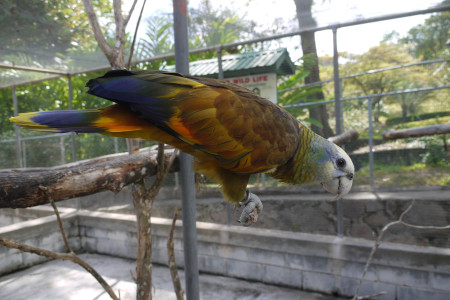
Which species are studied most? We compared the research effort with what we might expect if research was equivalent across bird families. Some families had much more research, such as the parrots, with an impressive four times more effort than any other family. Other families had a lot less than you would expect, with the cuckoos having a disturbing six times less research than expected.
What does this mean? This definitely does not mean we should stop researching parrots. Quite the contrary. Even though parrots have comparatively more research effort and better quality data than other families, there is still so much we don’t know about them (e.g. survival rates are unknown for most Caribbean parrot species). We think these results point out just how much research we need for all forest endemics, to allow us to begin to understand these birds.
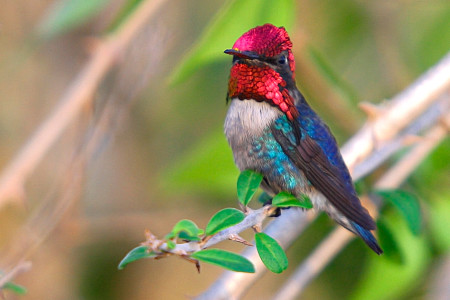
What about the data that we need to manage? We probably don’t need to know everything about a bird to be able to manage it, but we do need to know some basics, such as population size for instance. Sadly, we found that 90% of species did not even have a published population size estimate. This doesn’t mean that these estimates don’t exist somewhere, as we only searched the published literature. What it does suggest is a general lack of research and, good quality, accessible data.
An underlying assumption by conservation biologists, is that we use our research to prioritise which species deserve attention and need help first. Thus, a key question we had was whether threat status affects how much research effort a species received. Our preliminary analysis suggests that research is not higher in threatened than non-threatened forest endemics. So, contrary to what we might expect, a higher extinction risk does not appear to direct our research efforts.
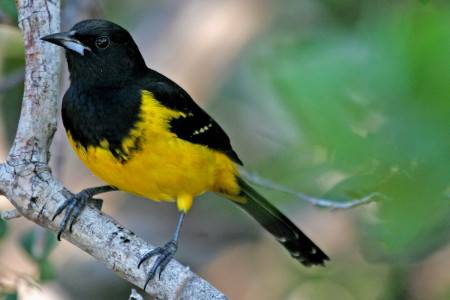
Is research effort increasing? Worryingly, we found that total research output on Caribbean forest endemic birds has not significantly increased since the late 1980s. This concerns us greatly, given the continued, and often increasing threats to the habitats of these species.
What are the conservation implications of existing data gaps? Our findings highlight how worried we should be about families with much less than expected research, given how many species are declining. We’re increasingly seeing throughout the world that common species are undergoing population crashes. The alarming lack of data for many Caribbean forest endemics suggests there’s a real risk that species could move into threatened categories before we even realise they’re in trouble. One positive finding was that for species with active management (e.g. parrots) we can have confidence in the data that exist. So, it’s not yet the Las’ Lap for our Caribbean forest endemics.
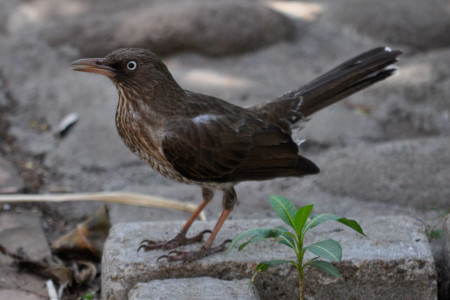
Another uplifting finding of our study was the value of BirdsCaribbean’s Journal of Caribbean Ornithology (JCO) for disseminating research by regional and international researchers and managers on Caribbean forest endemic birds.
How you can help
BirdsCaribbean offers a way for everyone interested in Caribbean endemic birds to get involved in the conservation of the region’s iconic birds. Each year the Caribbean Endemic Bird Festival is celebrated across the region. The Caribbean Birding Trail tour guides can help you spot these unique endemics, and the working groups are a hub for researchers and practitioners. In 2017, JCO will publish a Special Issue on the Caribbean’s forest-dependent endemic species. This issue will highlight some of the fantastic research our members are doing on this group. You can read more about our research in the JCO’s Special Issue.
Finally, a really exciting outcome of Howard’s NAOC presentation was our team being invited to take part in the Ornithology Challenge hosted by the Experiment crowdfunding platform. Find out here how you can help us increase our knowledge of Caribbean endemics.
By Ellie Devenish-Nelson (Research Associate, University of Chester) and Howard Nelson (Past President, BirdsCaribbean, Lecturer, University of Chester), with thanks to Doug Weidemann for comments.
